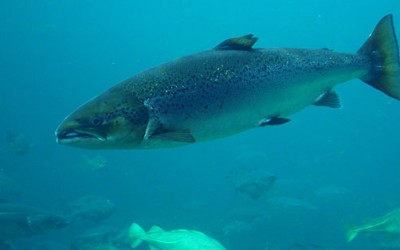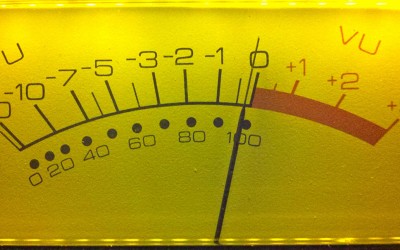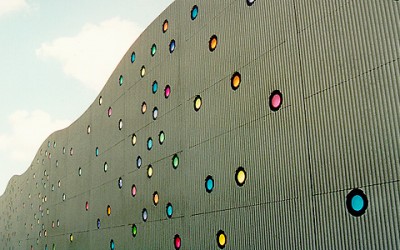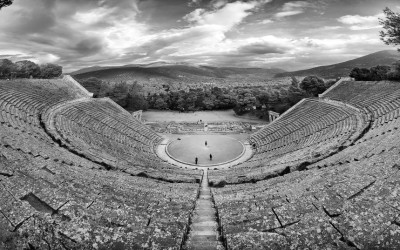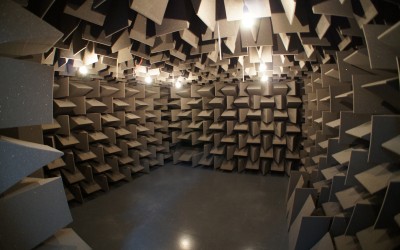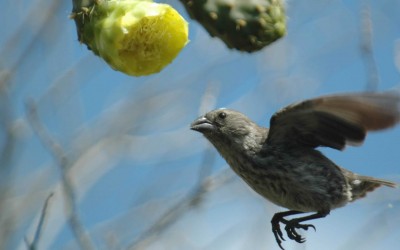What are Technical Committees (TCs)?
The ASA is subdivided into thirteen Technical Committees (TCs) covering a broad range of topics in acoustics. The TCs provide a “home base” for ASA members, coordinate the various technical sessions, and promote development in their fields. Each of the TCs have their own leadership, their own sessions, and their own student council representative. In essence, a TC acts as its own mini-society within the ASA. Each TC also holds its own administrative meeting during every ASA conference. Students are highly encouraged to attend this meeting and to familiarize themselves with the inner workings of the TCs.
Curious? Check out any of the thirteen TCs below for information on the TC and links to their respective websites!
Underwater Acoustics
Signal Processing in Acoustics
Noise
Biomedical Acoustics
Structural Acoustics and Vibration
Psychological and Physiological Acoustics
Musical Acoustics
Architectural Acoustics
The Technical Committee on Architectural Acoustics considers room acoustics, airborne and impact transmission in building structures, airborne and structure-borne noise control, noise control of building systems and electroacoustic systems.
Acoustical Oceanography
Acoustical oceanography is the science of inferring oceanic properties (physical, biological, geological, chemical etc.) from acoustic measurements. The field is motivated by the poor propagation of electromagnetic waves in water which renders many terrestrial measurement techniques (optical, radar, microwave etc.) inadequate for oceanic measurements. The field is complicated by the large scale of the ocean, the wide range of physical and biological noise sources present and by the complexity of sound propagation in a dynamic and inhomogeneous medium.
Speech Communication
Computational Acoustics
The Computational Acoustics Technical Specialty Group is concerned with the study of numerical and computational methods for studying and modeling acoustical phenomena; validation, benchmarking, and uncertainty analysis of computational models; computational learning methods, data analytics, and data visualization; and other applications of computational acoustics.
Physical Acoustics
Engineering Acoustics
Animal Bioacoustics
The Animal Bioacoustics Technical Committee studies the acoustic communication, sound production anatomy and auditory capacities of non-human animals as well as their behavioral responses to environmental sounds. In addition the use of acoustic techniques for population assessment, identification and behavior measurements are considered.

